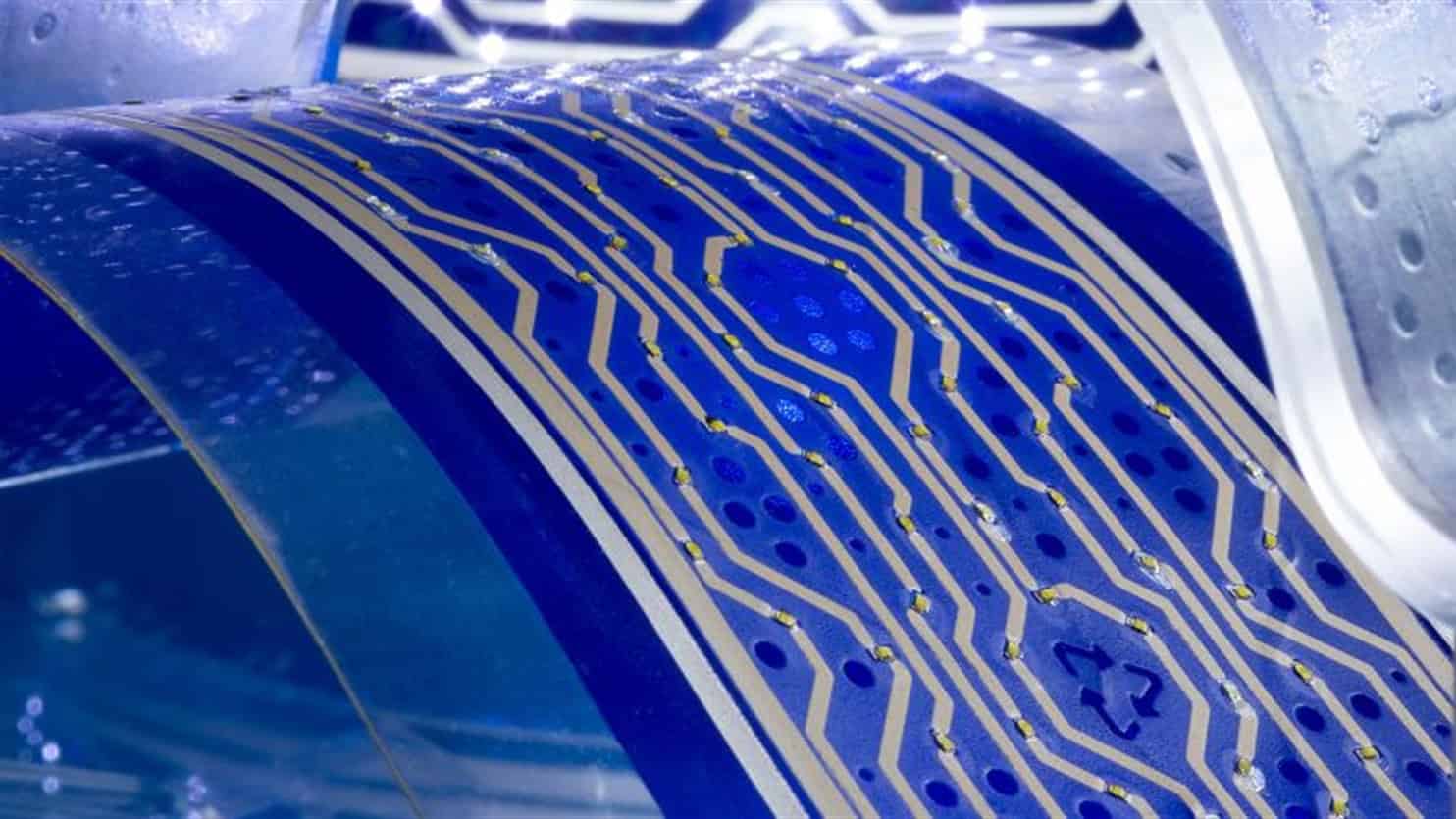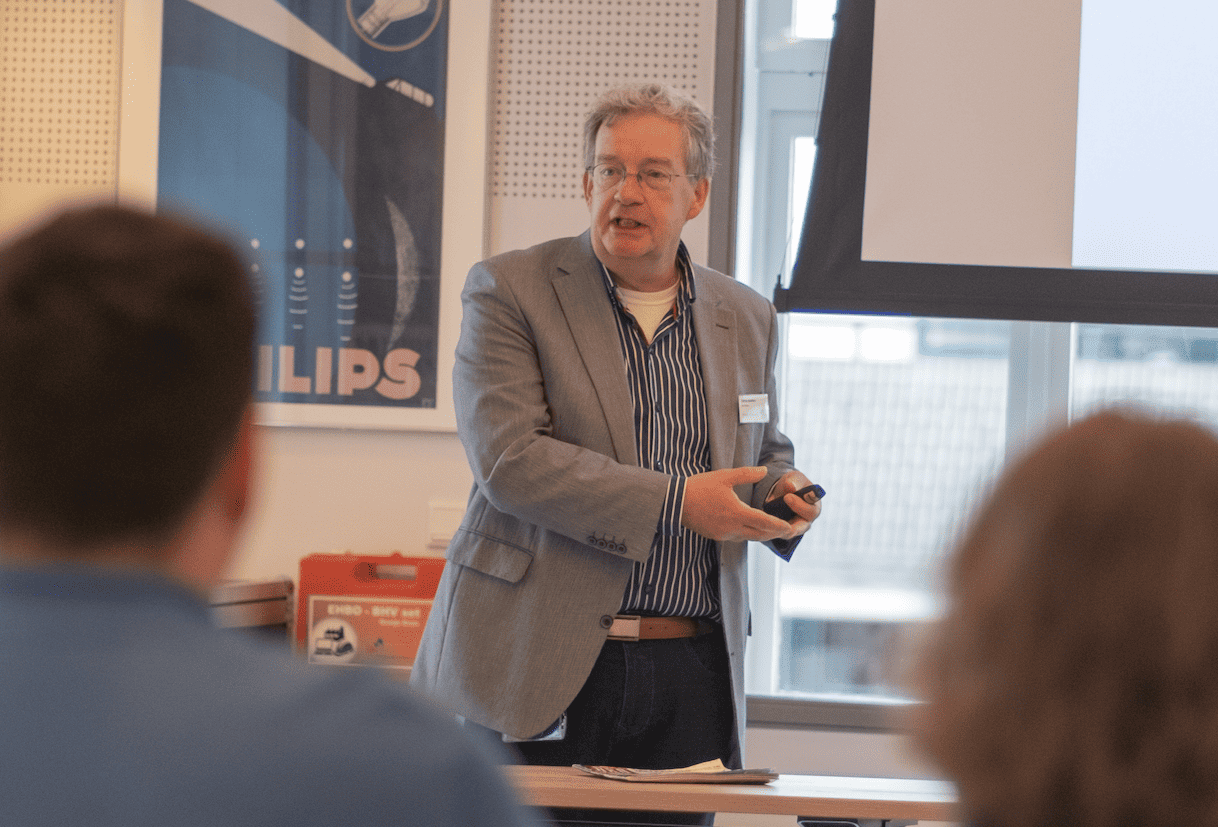
Wanna play cards? Or do you prefer a digital game? The question might soon be obsolete, as Holst Centre, imec and Cartamundi have found a way to digitize playing cards. And what’s more, they won a big prize with this technique.
Holst Centre, together with partners Cartamundi and imec, has won the “Best Product”-Award at Printed Electronics Europe Event. The jury awarded them for their ultra-thin plastic RFID technology integrated into Cartamundi’s playing cards. According to the jury, the potential of this technology is to become a gamechanger for the gaming industry.
With economic and form-factor advantages compared to traditional silicon-based technologies, Holst Centre’s and imec’s ultra-thin plastic RFID solution is essential to improve and broaden the applicability of electronics seamlessly integrated in paper. This enables Cartamundi to develop connected devices with additional value and content for consumers. At the conference, Cartamundi, imec and Holst Centre demonstrated an industry-first prototype of the ultra-thin flexible RFID chip integrated into a playing card. In each card, the RFID chip has a unique code that communicates wirelessly to an RFID reader, giving the cards in the game a unique digital identity.
“To embed wireless RFID tags in games and trading cards products is a ‘game changer’ indeed.”
Cartamundi’s Chris Van Doorslaer (CEO) is delighted with the award and sounds ambitious: “The new technology will connect traditional game play with electronic devices like smartphones and tablets. As Cartamundi is committed to creating products that connect families and friends of every generation to enhance the valuable quality time they share during the day, this technology is a real enabler.”
“Our prototype thin-film RFID is thinner than paper – so thin that it can be invisibly embedded in paper products, such as playing cards.”
“This is a thrilling development to demonstrate our TOLAE electronic technology integrated in the product of a partner company. TOLAE stands for Thin, Oxide and Large-Area Electronics”, stated Paul Heremans, department director of thin-film electronics at imec and technology director at the Holst Centre. “Our prototype thin-film RFID is thinner than paper—so thin that it can be invisibly embedded in paper products, such as playing cards. This key enabling technology will bring the cards and traditional games of our customer in direct connection with the Cloud. This achievement also opens up new applications in the IoT domain that we are exploring, to bring more data and possibilities to applications such as smart packaging, security paper, and maybe even banknotes.”
”We are convinced the gaming community will be inspired by this technology.”
Steven Nietvelt, Chief Technology & Innovation Officer at Cartamundi: ”We are convinced the gaming community will be inspired by this technology. It can possibly enhance existing games but also allows for brand new concepts to arise.”
Imec and Cartamundi engineers will now explore up-scaling of the technology using a foundry production model.








